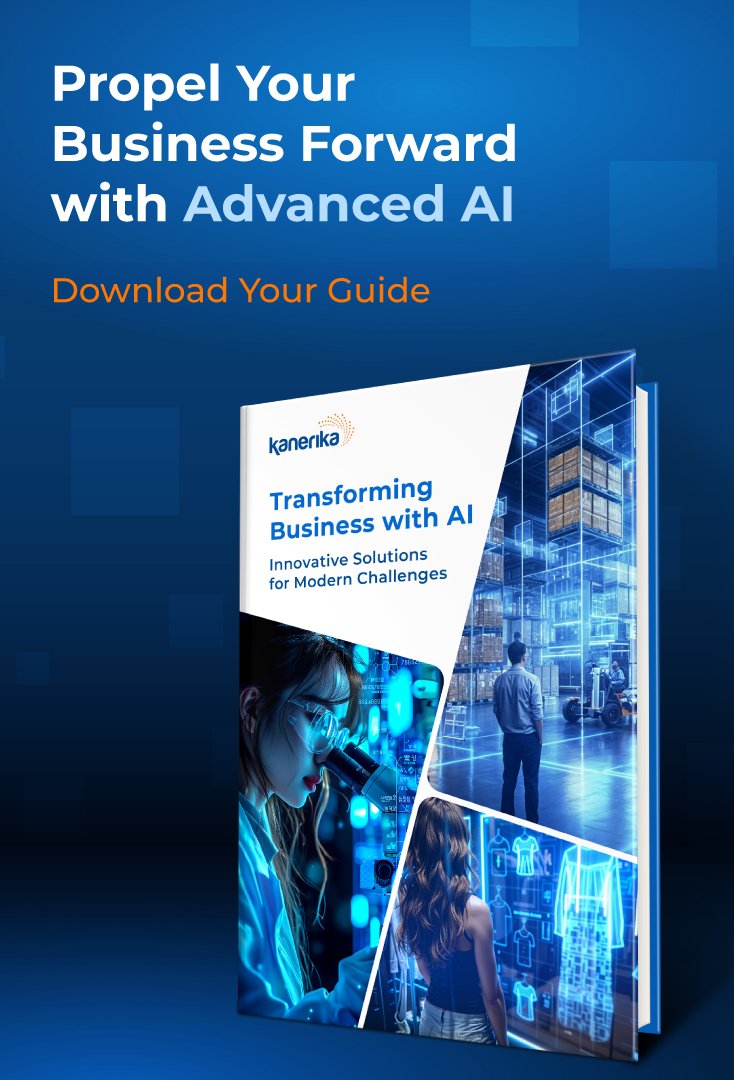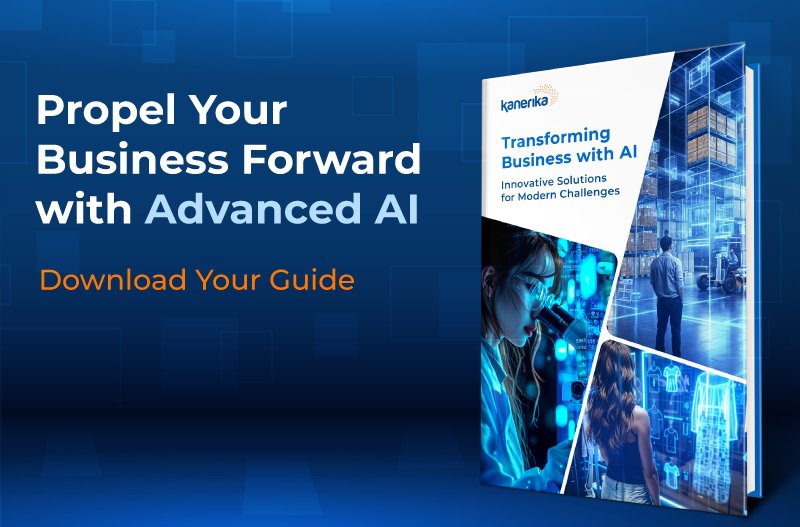Machine Learning
What is Machine Learning?
Machine Learning (ML) has revolutionized various industries and transformed how we interact with technology.
Whether it’s your preferred streaming services’ custom recommendations or highly effective spam filters that clear your inbox of junk, machine learning powers it all. This revolutionary technology is changing the face of businesses at an extraordinary speed and enabling otherwise unthinkable efficiencies.
Understanding Machine Learning
Machine learning is a subfield of artificial intelligence (AI) that allows machines to learn and gain improved experience without explicit programming. Unlike traditional rule-based software systems, the ML algorithm learns from given data and changes to predict future data.
This data-driven approach enables machines to improve their performance continuously over time.
There are three main categories of machine learning.
- Supervised Learning: Here, the machine is exposed to labeled data sets, whereby every point of the latter has an outcome. That also includes mainly analyzing the relationships and learning to map new, unseen data into the desired output. For example, supervised learning can be exemplified by training an image recognition model based on a massive dataset with labeled images of cats and dogs.
- Unsupervised Learning: This learning model analyzes unlabeled data sets to identify patterns and structures. It makes it highly beneficial in problem areas such as customer segmentation. It is particularly effective in anomaly detection tasks, providing valuable insights into unusual data points.
- Reinforcement Learning: The algorithm receives rewards for desirable actions and incurs penalties for undesirable ones in a simulated environment. Refining its action behavior at each step to maximize rewards. Reinforcement learning is critical in training AI agents in games such as chess or Go. Here the agent learns the optimal strategy through repeated interaction with the environment.
History and Evolution of Machine Learning
The idea of machines that can learn can be traced earlier through the philosophy debate and some science fiction. Alan Turing attributed modern formality in machine teaching to his works in the 1950s. In his groundbreaking paper “Computers and Intelligence,” he presented the Turing test, which establishes the standard for determining if a machine can exhibit intelligent behavior comparable to that of a human.
After Turing’s pioneering work, machine learning made significant progress in the latter half of the 20th century.
Finally, with the advent of modern, powerful algorithms like decision trees and support vector machines, and supported by the rise of personal computers. Many domains have witnessed a new era of practical applications of ML.
On the other hand, the demerits that limited the wide acceptance of ML were limited computational powers and limited data availability at the initial stage.
How Machine Learning Works
Training a machine learning model involves a structured process:
- Data Collection: First, obtaining a data set representing a diversified nature regarding the task is essential. The quality and quantity of data significantly impact the model’s performance.
- Preprocessing: Data is usually raw, often with noise, and must, therefore, be cleaned, formatted, and transformed so that it may be fed into the learning algorithm. Data cleaning includes missing value imputation, inconsistency correction, and feature engineering.
- Model Selection: The choice of the suitable model is based on the nature of the task and data. This selection is also guided by the nature of the data structure, desired outputs, and the type of available computational resources. These include support vector machines, decision trees, and neural networks.
- Training: The selected algorithm uses the formulated data set to train itself. It iteratively reviews the data, adjusts its inner parameters based on perceived patterns, and learns to make predictions during this process.
- Evaluation:
Key Technologies
- Neural networks: It is an advanced algorithm that follows inspiration from the characteristic structure and functionality of the human brain. It consists of many interconnected layers of artificial neurons that process inputs and, in turn, learn to change their connections. Moreover being capable of drawing sophisticated patterns from data, such networks can be used for many tasks—ranging from image and speech recognition to natural language processing and machine translation.
- Decision Trees: An algorithmic structure represented in a tree, wherein each branch represents a decision based on some particular feature of the data. It does so in an iterative manner, traversing with characteristics of the data point to be found till it finally lands on a leaf node with the output prediction. This model, the decision tree, is interpretable since we can learn the prediction logic from the model. So, its value is under transparent purposes.
- Support Vector Machines (SVMs): SVM focuses on the best-separating hyperplane for data points of different categories in high-dimensional space. This also makes them suitable for classifications (such as spam filtering) or, at the very least, for detecting fraudulent transactions.
These are just a few examples of algorithms used in machine learning. More new algorithms with variations keep coming in, and the apparent expansion has remained unrelenting for a lifetime.
Applications of Machine Learning
Machine learning has permeated a wide range of sectors, transforming the way we live and work:
- Health care: ML algorithms can analyze medical images, which are used to detect diseases early, forecast patient results, and develop treatment designs.
- Finance: ML is used in financial institutions for fraud detection, credit risk assessment, and devising trading strategies for algo trading.
- Automotive: Self-driving cars rely on machine learning for perception, navigation, and decision-making in an utterly dynamic environment.
- Retail: Recommendation engines use ML to customize customer recommendations for products of interest based on the customer’s shopping history and pages browsed.
- Entertainment: Streaming services utilize ML algorithms to curate personalized content recommendations for users.
This exemplifies the vast and diverse range of machine learning applications. As technology advances, it will reach into and involve many more areas of life.
Challenges and Ethical Considerations
Despite its remarkable advancements, machine learning still faces particular challenges:
- Data Quality is of prime importance, as it directly impacts the effectiveness of ML models. Any bias, inaccuracy, or untruthfulness in the data will result in a biased or erroneous conclusion.
- Algorithmic Bias: ML algorithms are biased in the training data and risk giving a biased answer. In the same light, the outputs of the models call for the same careful selection of training datasets and ongoing monitoring of outputs to avoid algorithmic bias.
- Privacy Concerns: Using personal data within machine learning models raises privacy concerns that should be discussed from a much larger perspective. This underlines the need for a balance between the benefits of ML and privacy concerns through legal framework and responsible data handling.
Most importantly, these challenges must be ethically met for responsible machine learning development and deployment. The key to that is transparency, fairness, and accountability—the key guiding principles of responsible AI that will earn public trust in this omnipotent technology.
Conclusion
Machine learning is a real game-changer in the technological world. Its potential to learn and adjust to data unveils new field opportunities. As we take on challenges and explore the prospects of machine learning, we stand on the edge of creating a future led by intelligent and inventive solutions.





